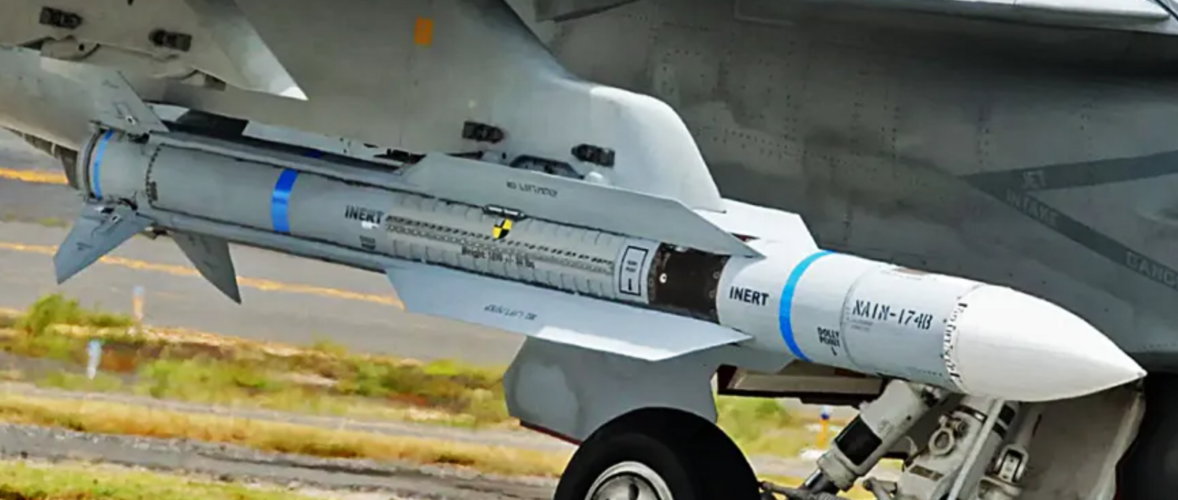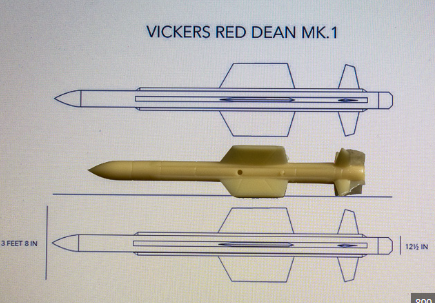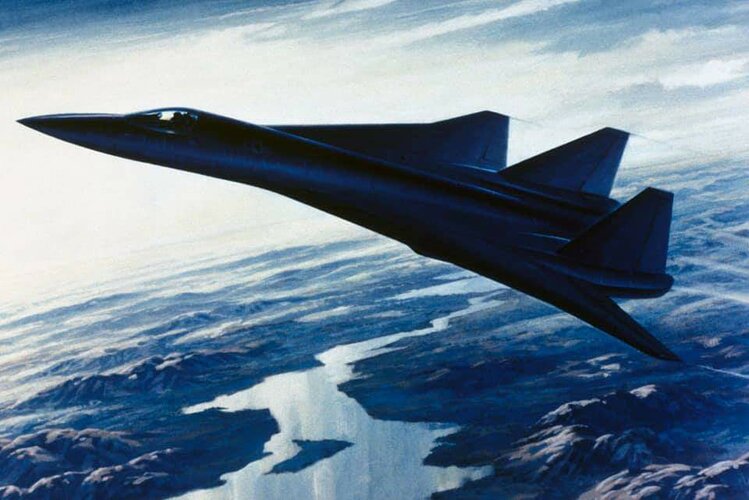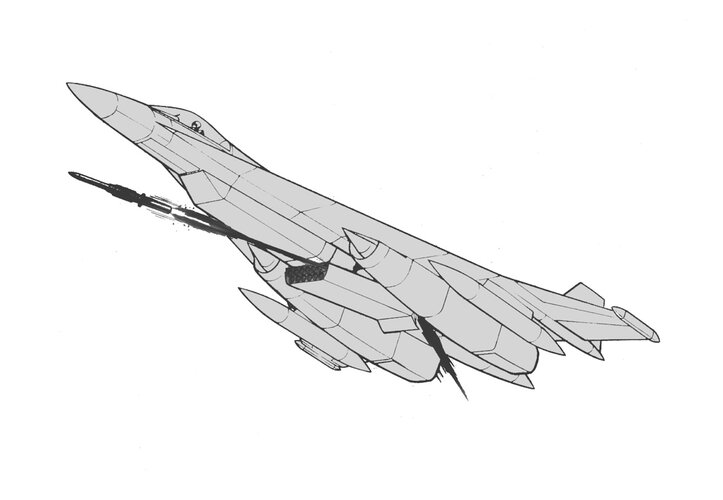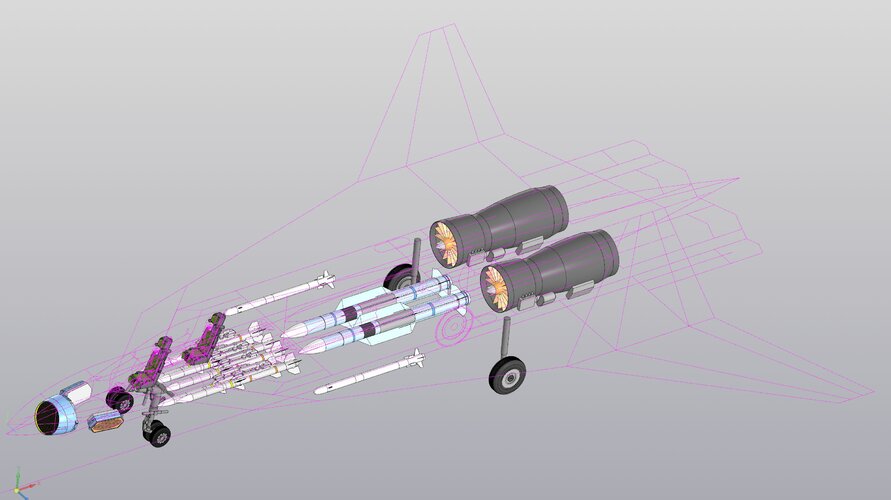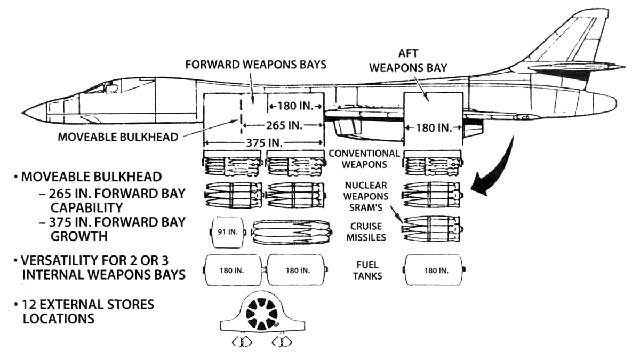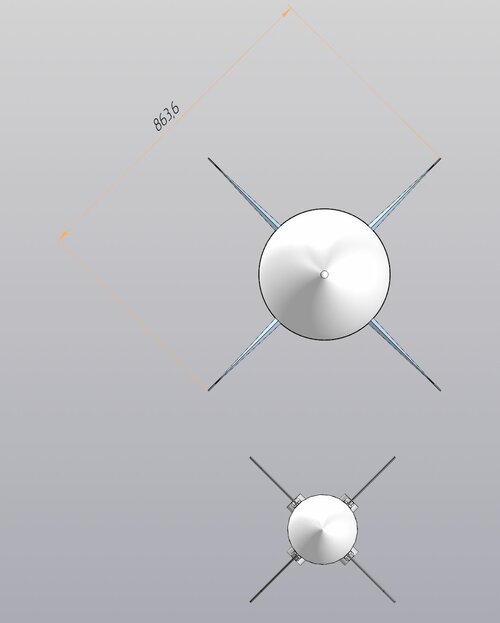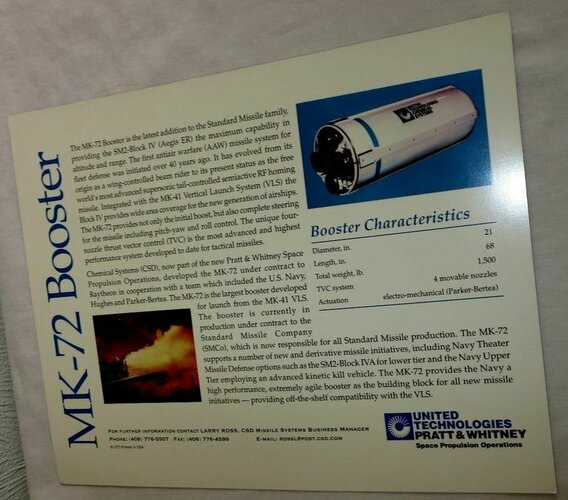The AIM-174 is one hell of a huge missile: 6.4 m long with a span of 1.4 m. I was trying to imagine a supersonic, stealth interceptor packing four of them, obviously in an internal missile bay.
It would have a pair of F135s for commonality with the F-35 and tons of thrust.
The missiles however are so enormous, the only way is to space the engines, F-14 style. Even the J-20 missile bay is too puny. And this drive us to the Su-57 general shape. Its missile bays however are sized for R-37s, which are 4.2 m long. The bay according to wikipedia is 0.90 m wide. Not enough for the AIM-174 beast.

 en.wikipedia.org
en.wikipedia.org
Do you think the basic Su-57 shape could be scaled up or stretched for at least two AIM-174s ? What do you think ?

Or perhaps just stretch the J-20 until the missile bay is long enough for at least two AIM-174s ? J-20 is already 22 m long, so stretch the beast to 26 m or more ?


 en.wikipedia.org
en.wikipedia.org
It would have a pair of F135s for commonality with the F-35 and tons of thrust.
The missiles however are so enormous, the only way is to space the engines, F-14 style. Even the J-20 missile bay is too puny. And this drive us to the Su-57 general shape. Its missile bays however are sized for R-37s, which are 4.2 m long. The bay according to wikipedia is 0.90 m wide. Not enough for the AIM-174 beast.

Sukhoi Su-57 - Wikipedia
The Su-57 has two tandem main internal weapon bays each approximately 4.4 m (14.4 ft) long and 0.9 m (3.0 ft) wide
- Length: 20.1 m (65 ft 11 in)
- Wingspan: 14.1 m (46 ft 3 in)
Do you think the basic Su-57 shape could be scaled up or stretched for at least two AIM-174s ? What do you think ?

Or perhaps just stretch the J-20 until the missile bay is long enough for at least two AIM-174s ? J-20 is already 22 m long, so stretch the beast to 26 m or more ?


PL-15 - Wikipedia
| Length | 399.6 cm (PL-15E) |
|---|
Last edited:



